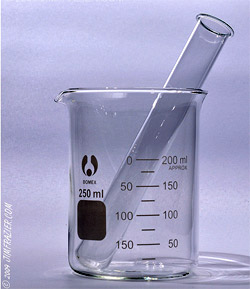 I was reading in The Independent last week about a simple new test that can detect the onset of Alzheimer’s with 93% accuracy. The fact that this test can be perfomed at home without medical supervision prompted me to see what other home testing kits existed.
I was reading in The Independent last week about a simple new test that can detect the onset of Alzheimer’s with 93% accuracy. The fact that this test can be perfomed at home without medical supervision prompted me to see what other home testing kits existed.
I was expecting to find blood pressure monitors, pregnancy, allergy and cholesteral testing kits but was amazed to discover home tests that can detect conditions including colon cancer, prostate cancer, stds, the menopause, osteoporosis, rheumatoid arthritis, thyroid problems, anaemia, stomach ulcers, diabetes and the list goes on.
I was so enthused by this discovery and the implications on the healthcare and pharma industry that I bought a book, “The Innovator’s Prescription” by Clayton M Christensen. Furthermore, I read it. In it, Christensen talks about the typical pattern of innovation - things start complicated and expensive and gradually get simpler and cheaper. For example, the telegraph became the fixed line phone, which in turn became the cell phone. Similarly, it used to be very complicated to produce and sell albums in the music business and as such only a limited number of companies participated. PCs, the Internet and the MP3 format now mean that almost anybody can create, promote and distribute music from their bedroom. YouTube and digital cameras have done the same thing for video, the same has happened to desktop publishing and exactly the same thing is happening in the medicial diagnostic industry.
Improved diagnostics means that treatment is becoming less intuitive, less based on personal experience and more based on process. In these cases, treatment can be given by nurses, caregivers and the patients themselves, rather than doctors. Improved diagnostics also means more precise medicine, which will herald the end of blockbuster drugs and treatments (which is re-enforced by increased competition from generic drug manufacturers). This means there will be a fundamental shift in the way pharmaceutical and healthcare companies operate. We are already seeing “dis-integration”, the outsourcing of research, clinical trials and drug development for example, reducing the costs of entry and resulting in a more crowded marketplace. We are also seeing increasing communication directly with the patient and more and more patients forming online communities and talking directly to each other. These developments demand authentic, differentiated brand positions that resonate with the patient, an area in which the healthcare industry, with a few notable exceptions, is way behind.
In short, the availability of simpler and more accurate diagnostics, more data, more sophisticated information and improved decision making tools empower patients and caregivers to self-diagnose and self-treat. These patients will invariably use the Internet to talk to each other and pool data, improving diagnosis and treatment further, resulting in more precise medicine, more competition and therefore the need for more meaningful brands. And the cycle continues.


